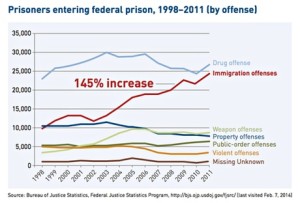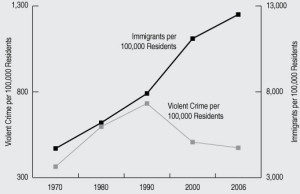It is now possible to watch world-wide lighting strikes play live on your computer screen in real-time, and for free. Blitzortung is a free, live, lighting strike map developed by Heinrich-Heine-University of Dusseldorf professor Egon Wanke and LUCOM lead developer Tobias Volgnandt, who created the service “just to provide free and live lightning maps” for the world. 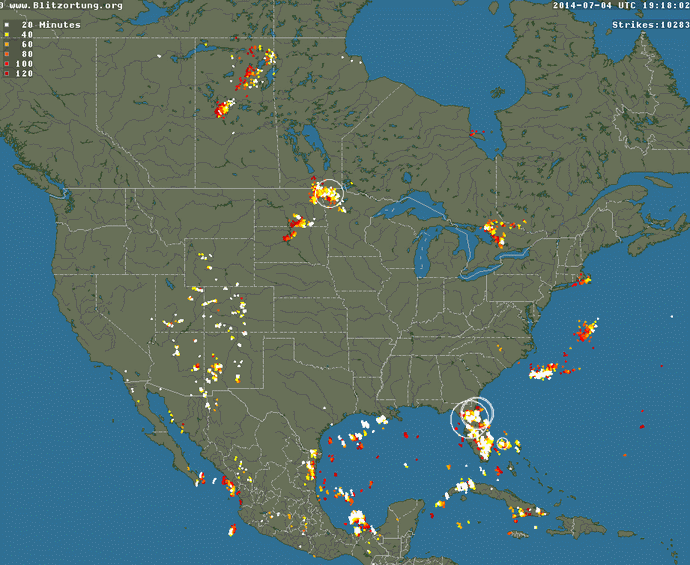 Lighting strikes on the realtime maps are marked by a white expanding circle and a click-sound.
Lighting strikes on the realtime maps are marked by a white expanding circle and a click-sound.
Blitzortung is, however, a community, according to developer Tobias Volgnandt. “Our great community behind the project should be in the foreground, not just we,” Volgnandt told The Speaker.
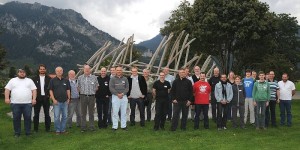
Around the world, there are currently over 800 participants. Each of these participants has set up a lightning sensor (which are available from Blitzortung for less than 200 Euro–$270) and connected to the network of volunteers.
Currently, the network is composed of sensors mainly in Europe, North America and Australia, but the network is growing fast, and there have been requests from every continent (even Antarctica), Volgnandt told us.
Although the developers at Blitzortung make no money from the project, and created it just because they wanted to see it exist, they cannot currently handle the amount of requests they receive. The volunteers want to cover their own regions and ask for the hardware, Volgnandt told us. He stressed the community nature of Blitzortung. “We do not find volunteers, they find us. They do not do this for us, but for themselves and for our community.”
“They contact us, because they want to help. They are weather enthusiasts, amateur radio operators or have a general interest in electronics.”

Volgnandt spoke to the origins and early days of the project, as well as recent developments.
“We are just enthusiasts and doing this as a hobby. We weren’t satisfied with the performance of existing lightning location hardware which private users can buy. Either it was not accurate enough or it was much too expensive. Egon Wanke created his own much cheaper hardware and locating method around 2008 which already produced very good results. This former community was much much smaller than today, but they made all this possible.

“Last year we (Egon Wanke, Tobias Volgnandt and Richo Anderson) released a new hardware generation, which is even better. We don’t have specific goals. We want to have some fun and gather experience all fields belonging to lightning locating (physics, mathematics, informatics, weather) community.”
How does the network work?
 Lightning sensors located in over 800 locations around the world collect information from nearby electromagnetic storms. This information is sent via internet to the central processing servers–which receive millions of signals per hour at peak times–and the exact positions of the discharges are calculated. The data is published to the website and, within 3-6 seconds the strikes appear on users’ screens.
Lightning sensors located in over 800 locations around the world collect information from nearby electromagnetic storms. This information is sent via internet to the central processing servers–which receive millions of signals per hour at peak times–and the exact positions of the discharges are calculated. The data is published to the website and, within 3-6 seconds the strikes appear on users’ screens.
The question of how many sensors will be needed to cover the globe depends on many factors, according to Volgnandt, such as the constellation of the stations or their reception quality.
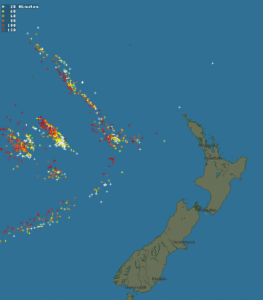 “At least four stations on different places are needed. They could already provide some very basic coverage in an area with 1000 x 1000 km when all parameters are good enough. The same could be true for an area of 100 x 100 km, depending on the station constellation.”
“At least four stations on different places are needed. They could already provide some very basic coverage in an area with 1000 x 1000 km when all parameters are good enough. The same could be true for an area of 100 x 100 km, depending on the station constellation.”
To use Blitzortung, or for information on participating and necessary equipment, please visit their site and click on the “What’s New?” page.
By Day Blakely Donaldson
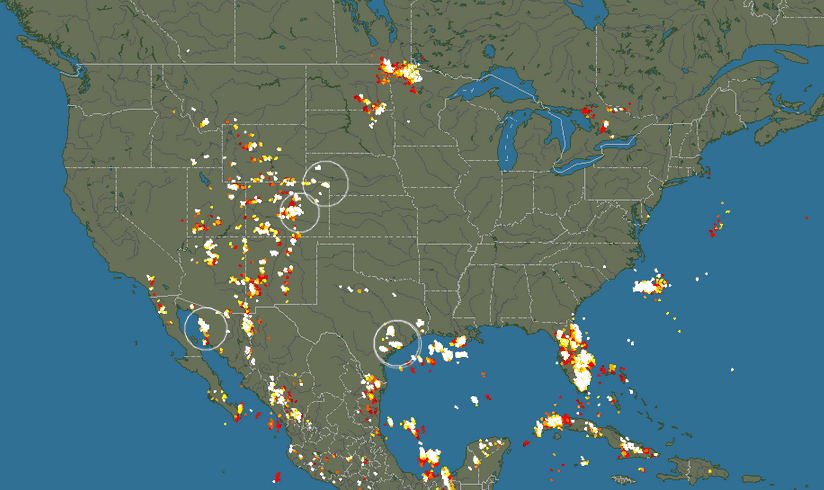
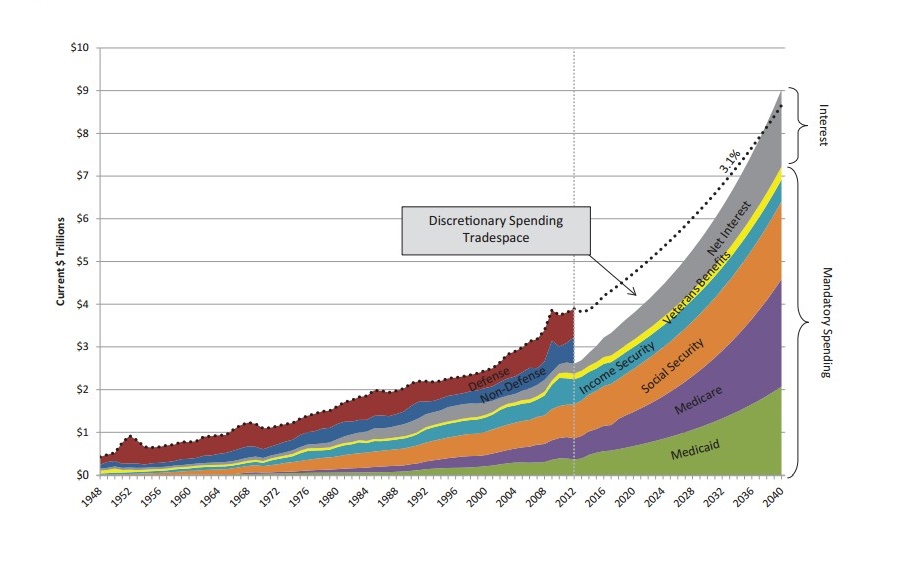
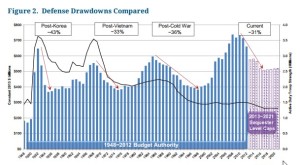
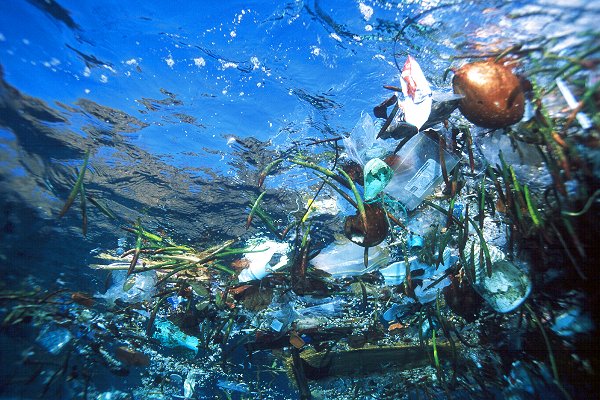

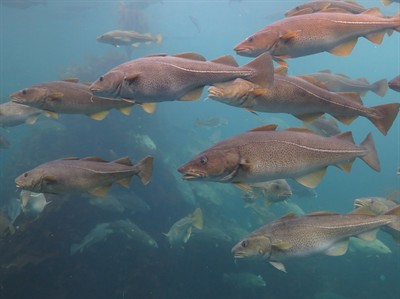
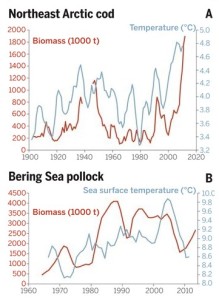
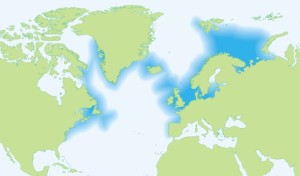
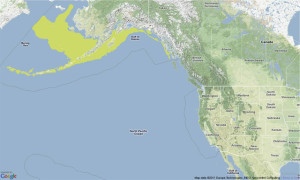
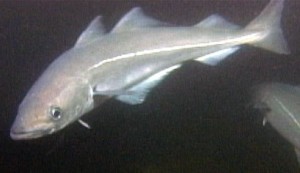

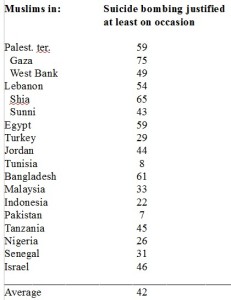
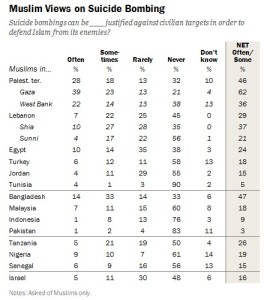
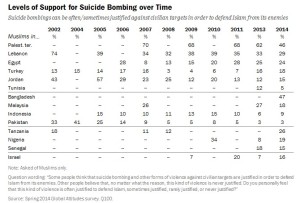





 “If catching them is so easy webcam child sex tourism can be stopped,” claimed Lemz in their promotional video. “What we need now is pro-active policing… If we can trace 1,000 men in two months, police forces can trace more than 100,000 in a year.”
“If catching them is so easy webcam child sex tourism can be stopped,” claimed Lemz in their promotional video. “What we need now is pro-active policing… If we can trace 1,000 men in two months, police forces can trace more than 100,000 in a year.”



 Transcranial magnetic stimulation is a widely-used procedure wherein electromagnetic coils are held up to the skull and short electromagnetic pulses are run through the coil. It has long been understood that neurons react to TMS, and the procedure has been used to treat psychiatric disorders, substance abuse and other health conditions. Although preferable to other treatment methods because TMS is noninvasive, its mechanisms have always been poorly understood, making improvements difficult.
Transcranial magnetic stimulation is a widely-used procedure wherein electromagnetic coils are held up to the skull and short electromagnetic pulses are run through the coil. It has long been understood that neurons react to TMS, and the procedure has been used to treat psychiatric disorders, substance abuse and other health conditions. Although preferable to other treatment methods because TMS is noninvasive, its mechanisms have always been poorly understood, making improvements difficult.



